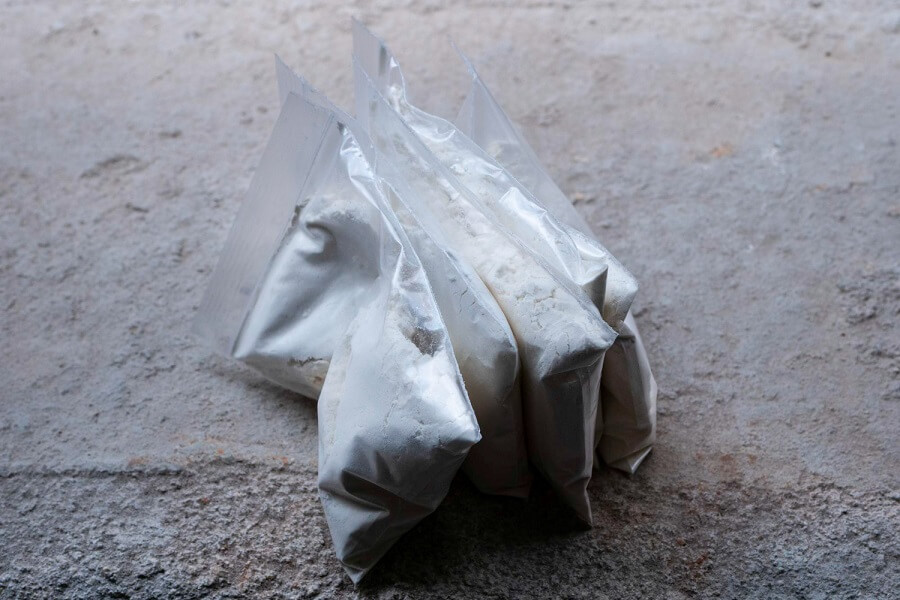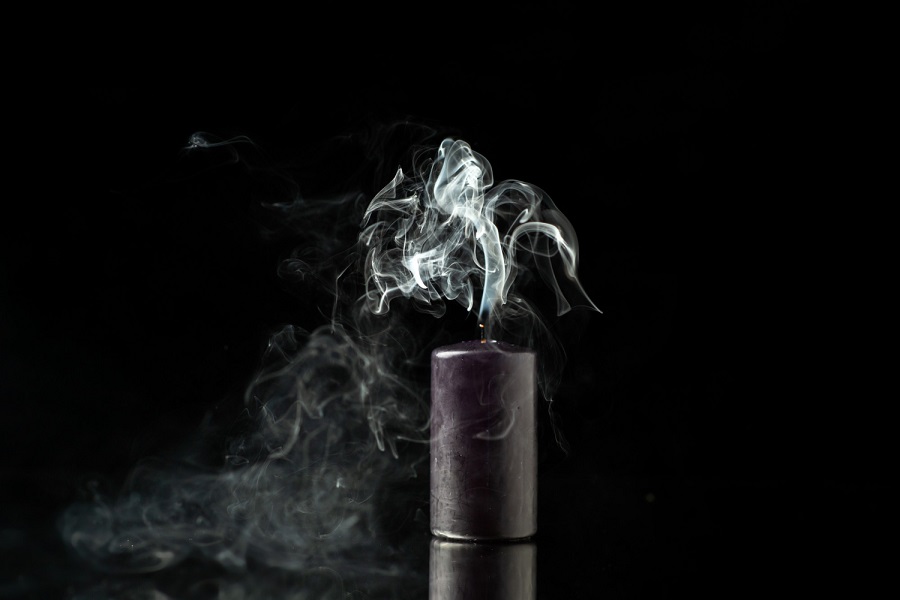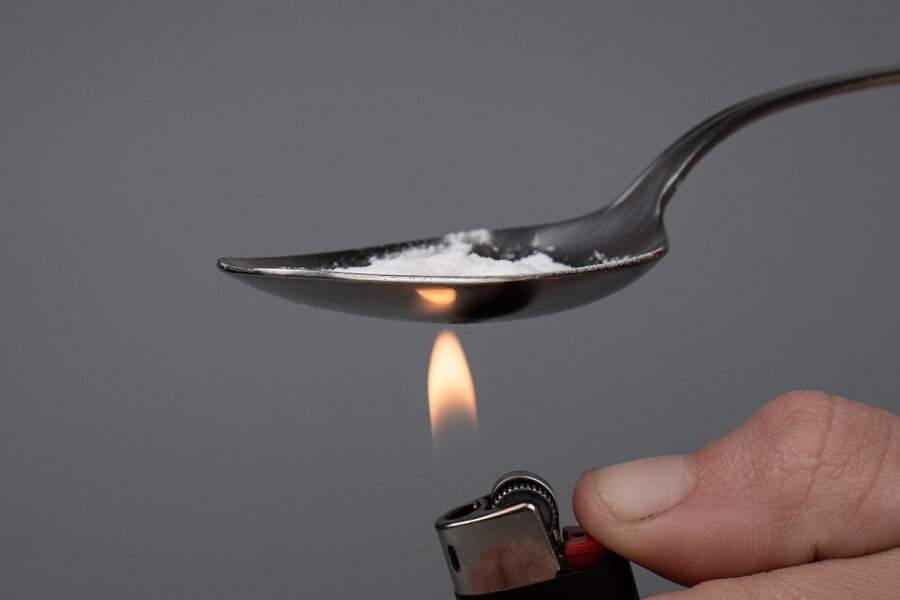A recent study reported that 5.2 million, or 1.9% of Americans over the age of 12, are cocaine addicts. Cocaine is a drug that stimulates dopamine production and blocks its reuptake in the nerve cells in your brain. This flood of dopamine creates an intense euphoria or “high” feeling. It is highly addictive and illegal in the United States.
What Is Cocaine
Cocaine is a powerful and highly addictive central nervous system (CNS) stimulant made from the coca plant leaves. The drug has been around since the late 1800s but became more popular in the 1970s because it was seen as more socially acceptable than other drugs like heroin or LSD.
The drug can be injected, smoked, or snorted. Cocaine is used as a local anesthetic for surgeries and sometimes to treat pain. Even though there are some medical uses for it, it is still classified as a schedule II drug due to the severe restrictions placed on it.
Cocaine can also cause side effects like constricted blood vessels, dilated pupils, and an increase in body temperature. It can also lead to respiratory failure and heart attack if taken in high doses or for long periods.
Different Names of Cocaine
The chemical name of cocaine is benzoylmethylecgonine and the powder has a few street:
- Coke
- White lady
- Flake
- Blow
- Freebase
- Nose candy
- Black crack
- Chitta powder
- Kool-aid
- Purple caps
- Scotty
- Rock
- Dust
- C.
- Toot
What Is Cocaine Classified As
According to the Controlled Substance Act, cocaine is classified as a schedule II drug in the United States, because it has a high potential for abuse and can only be used for medical purposes.
What Is Cocaine Made From
Cocaine is made from the coca plant leaves (Erythroxylum coca and Erythroxylum novogranatense). Leaves from these coca spices are harvested and dehydrated, mixed with a solvent and dried into bricks. It is often combined with pollutants and chemicals such as ether, boric acid, detergent, or baking soda to increase its stimulant effect.
Colombia, Bolivia, and Peru are the major manufacturers and distributors of cocaine.

What Does Cocaine Look Like
Pure cocaine looks like a fine white powder, cornstarch, or baking soda, while impure cocaine may look like beige white. Some variants are also yellow, brown, or pink. The color depends on the number of impurities and stimulants added to it.
What Is Cocaine Addiction
Cocaine addiction refers to the abuse of the drug for intense self-pleasure. Drugs like cocaine are highly addictive, because it increases dopamine to abnormally high levels in the brain to give you an instant feeling of energy or euphoria. Once your body becomes reliant on it, it reprograms your brain’s reward system, making it extremely difficult to overcome the addiction. This can lead to overdose and death.
Why Do People Use Cocaine
People use cocaine to make them feel high. They become full of energy, and feel like they are great, strong and capable of anything. But this is the chemical trap of cocaine. Gradually addicts need more and more doses to reach this state. When the high feeling disappears, the body needs the drug to relieve severe withdrawal. Sooner or later this leads to an overdose.
Risk Factors of Cocaine Use
- Family history (people with parents who used drugs are more at risk)
- Age (young adults are more at risk)
- Gender (men are more at risk)
- Socioeconomic status (high-income earners are more at risk)
- Ethnicity (the white population are more at risk)

The Effects of Cocaine on the Human Body
Cocaine overdose deaths are increasing exponentially around the world and the majority of addicts die as a result of a drug overdose or a cardiac stroke.
- Cardiovascular disorders (cardiac stroke, heart failure, cardiomyopathy)
- Extreme mood swings (anxiety, aggression, anger, laughter, confusion)
- Chronic depression
- Muscular aches
- Kidney failure
- Sudden death
Signs and Symptoms of Cocaine Addiction
Initially the signs of cocaine abuse are not obvious. The user does not find themselves dependent on the drug and it is not noticeable to their family. But once they get used to it, there is a dramatic change in their behavioral, psychological, and physical state, which has a negative impact on them, their family and friends.
Physical Symptoms
- Rapid heart rate
- Muscle ache
- Sweating
- Dilated pupils
- Change in appetite
- Loss of smell if snorted
- Bowel decay if swallowed
- Runny nose
- Hoarse throat
- Headache
- Convulsions
- Shaking
Psychological Symptoms
- Agitation
- Mood swings (intense happiness, sadness, excitement, depression)
- Sexual arousal
- Disconnection from reality
- Insomnia
- Irritability
Behavioral Symptoms
- Erratic behavior (doing illogical or out of the ordinary things)
- Secretive behavior (always want to be alone)
- Impulsive behavior (an increased desire to engage in risky behavior)

Signs of Cocaine Overdose
- High blood pressure
- High body temperature
- Tremors
- Nausea and vomiting
- Paranoia
- Severe anxiety
- Chest pain
- Irregular heart rhythm
- Trouble breathing
Withdrawal Symptoms
Cocaine addiction alters the brain’s function and structure significantly, and the addict may feel a strong desire for the drug even years after quitting. Withdrawal from cocaine has several serious side effects, such as:
- Hypersomnia
- Exhaustion
- Increased appetite
- Irritability
- Dysthymia
- Restlessness
- Lethargy
- Emotion lability
- Bowel issues
- Episodic cravings
- Dysphoria
- Hallucinations
Consequences of Using Crack Cocaine
Crack cocaine is a smokeable form of cocaine and one of the most addictive drugs in the world. It takes less than an hour for cocaine to enter your bloodstream and reach your brain, where it blocks the natural chemicals that would make you feel tired or hungry.
The use of crack cocaine makes you feel alert and energized for hours at a time. You may also be more talkative or sexually aroused than normal when you’re high on cocaine.
There are many short- and long-term consequences of using crack cocaine. Short-term effects include an increased heart rate and blood pressure, dilated pupils, insomnia, irritability, and anxiety. Long-term consequences include weight loss or gain, damaged nasal tissue, difficulty sleeping, and a chronic runny nose.
Crack cocaine addiction is also dangerous because it can lead to depression or suicidal thoughts in some people who use it for prolonged periods.

How to Tell if a Person Is Using Cocaine
Cocaine Test
Cocaine testing or screening is a clinical examination to determine whether a person has recently used the drug. Tests can be performed on blood, saliva, urine, sweat, or hair.
How Long Does Cocaine Stay In Urine
Traces of cocaine can stay in the urine for two days, but in heavy drug users even for up to two weeks.
How Long Does Cocaine Stay in the Blood
Blood samples can contain cocaine traces for up to two days.
How Long Does Cocaine Stay in the Hair
Cocaine traces and metabolizes can be detected in the hair for months or even years.
How Long Do Cocaine Addicts Live
It is difficult to predict how long any addict will live, but a regular cocaine user could lose 10 to 30 years of their health and quality life. The more you rely on cocaine, the worse your quality of life and health. Overall cocaine severely impacts the human body with potentially fatal health risks.

Is It Possible to Recover From Cocaine Addiction
It is possible to recover from cocaine addiction. Recovery from cocaine use requires proper detoxification, mental and physical grooming, and strict medical supervision because of the high risk of relapse.
Can You Quit Cocaine on Your Own
If you have strong self-control and determination, you can quit cocaine alone, but generally it is challenging to stop when you get used to it. If you have been using a lot of cocaine for a long time and the withdrawal symptoms are unbearable, seek medical help to quit safely, and reduce your suffering.
Cocaine Addiction Treatment
Cocaine addiction treatment is a process of detoxification and rehabilitation. It aims to improve the physical, mental, and social well-being of addicts. Treatment can be done in a hospital or an outpatient setting.
A cocaine addiction treatment program usually includes counseling sessions, group therapy, medical care, and drug education. The patient may also be given medication to help reduce withdrawal symptoms, detox, or prevent cravings.
Get Help Today With VIP Vorobjev Clinic
VIP Vorobjev Clinic is one of the best detox and rehabilitation centers to treat your cocaine addiction. Our qualified and licensed team of medical doctors and health experts have assisted hundreds of addicts to live a normal life free from cocaine again.
We provide treatment plans of 30, 60, or 90 days depending on your mental and physical condition. After detoxification, we provide intensive mental support so that you can maintain strong cognitive control and avoid relapse.
Don’t let cocaine dictate your life, get treatment now, and live a sober life.


